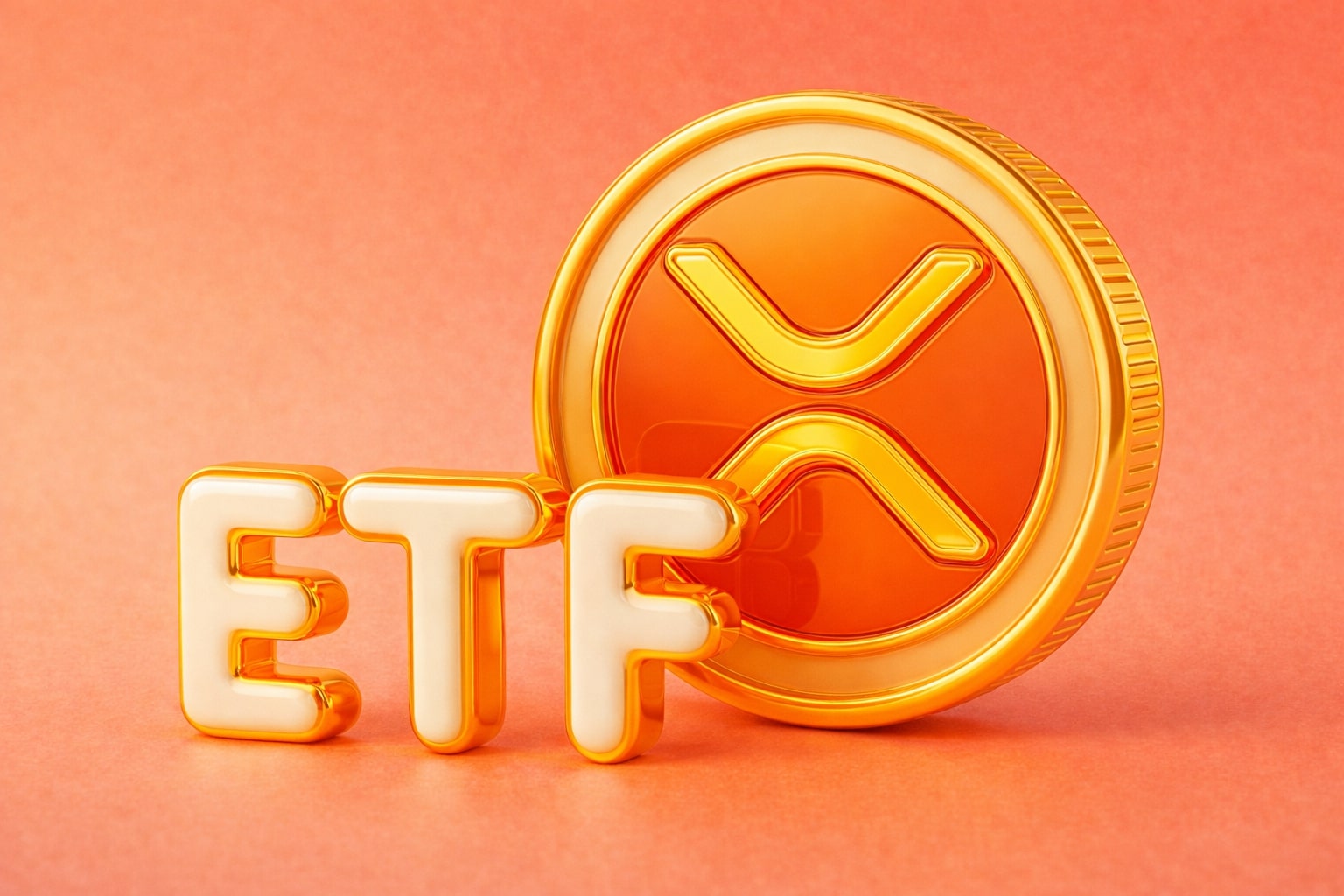
Bitcoin Eyes $200K: Post-Election Stability and Market Dynamics Could Fuel Next Surge
Amid Fed rate cuts, election clarity, and geopolitical tension, Bitcoin’s path to $200K is becoming a hot topic. Here's how macro factors and market sentiment could drive BTC's next move | That's TradingNEWS
Bitcoin's Resilience Amidst Economic Uncertainty: Analyzing the Current Market Dynamics
South Korean Bitcoin Discount and Rapid Rebound
Bitcoin's price fluctuations in South Korea have raised eyebrows recently. On Sept. 23, Bitcoin (BTC) in South Korea traded at a 0.55% discount compared to the global average, widening to a 1.15% discount by Sept. 25, according to data from CryptoQuant. However, the market quickly recovered, and by Sept. 28, BTC was trading at a 0.60% premium on Upbit, the largest crypto exchange in South Korea. This premium has been a common occurrence due to high demand and stricter capital controls within the country.
During the March 2024 surge, when Bitcoin reached a high of $73,737, South Korea saw premiums as high as 10.88%. These fluctuations show that despite short-term deviations, the demand for Bitcoin remains robust, particularly in markets where supply is more limited, such as South Korea.
Bitcoin’s Short-Term Struggles: Slipping After a Rally
After a strong performance throughout September, Bitcoin faced some pressure at the end of the month. By Sept. 30, BTC had dropped 4.1%, retesting the $63,500 support level. Earlier that week, Bitcoin briefly surpassed $66,000, but the resistance proved too strong, leading to a correction that liquidated $40 million in leveraged futures positions. Despite the pullback, the overall market sentiment remained relatively optimistic, with traders closely monitoring Bitcoin's response to key economic events.
Election Cycle and Market Sentiment: Could Bitcoin Reach $200,000?
Zach Bradford, CEO of CleanSpark, offered a bullish outlook for Bitcoin, predicting that it could peak just below $200,000 within the next 18 months. Bradford attributed this potential surge to the stability typically seen following U.S. presidential elections. According to him, the removal of market uncertainty post-election could fuel a rally in Bitcoin prices, regardless of which candidate emerges victorious.
Bradford also emphasized that Bitcoin mining is becoming increasingly lucrative. As CleanSpark focuses on mining expansion, Bradford highlighted the relatively quick payback period in the mining industry, which allows companies like his to capitalize on market movements much faster than other technologies, such as AI. He believes that consolidating the mining space and securing efficient energy contracts will put miners in a strong position as Bitcoin's next bull cycle takes shape.
Institutional Inflows and the Impact on Bitcoin’s Market
Institutional interest in Bitcoin is rising once again, driven by expectations of further rate cuts from the U.S. Federal Reserve. CoinShares reported that digital asset funds saw $1.2 billion in inflows in the last week of September, the highest level since mid-July. These inflows reflect growing confidence in Bitcoin's long-term potential as the Fed continues to loosen monetary policy, following a 50 basis point cut in early September.
Despite these inflows, some analysts have raised concerns about Bitcoin being overbought in the short term. Markus Thielen, founder of 10K Research, noted that current technical signals point to bearish trends. This could explain Bitcoin's failure to maintain its momentum above the $66,000 mark, despite favorable macroeconomic conditions.
The Global Economic Environment and Its Effect on Bitcoin
Bitcoin's price is closely tied to global economic factors, and the current landscape is creating uncertainty. U.S. Federal Reserve Chair Jerome Powell's recent comments about the possibility of future rate cuts caused a ripple in financial markets, impacting both stocks and cryptocurrencies. Investors are also keeping a close watch on the upcoming jobs report and potential strikes at U.S. ports, which could disrupt supply chains and affect market sentiment heading into the holiday season.
In Europe, worsening economic conditions are adding to Bitcoin's short-term struggles. Germany, the largest economy in the Eurozone, is teetering on the edge of recession, with its growth forecast slashed to near zero for 2024. Meanwhile, the Bank of England projected just 0.3% growth for the U.K. in Q3, signaling potential stagflation. These economic concerns are pushing investors towards safe-haven assets, dampening risk appetite for cryptocurrencies.
Furthermore, escalating tensions in the Middle East, particularly in Lebanon, have the potential to push oil prices higher. Rising oil prices could drive inflation, limiting the Fed's ability to continue cutting rates and potentially stalling Bitcoin's bullish trajectory.
Market Outlook: Bitcoin’s Historic September and What’s Ahead
Despite these challenges, Bitcoin still managed to post its best September performance since 2012, finishing the month with a 7.9% gain. Historically, September has been a weak month for Bitcoin, with an average loss of 3.6% since 2013. However, Bitcoin's ability to defy this trend, coupled with its 2.8% quarterly gain, suggests that the cryptocurrency is entering a seasonally strong period.
Analysts are watching closely as Bitcoin approaches what is typically a strong quarter for crypto and risk assets. If the market follows historical trends, Bitcoin could see significant gains in the coming months. However, investors are advised to remain cautious, as overbought conditions and external economic factors could create volatility.
Stocks Linked to Bitcoin: Coinbase and MicroStrategy React to Market Moves
Shares of Coinbase Global (COIN) and MicroStrategy (MSTR), two companies heavily tied to Bitcoin, mirrored the cryptocurrency's movements in late September. Coinbase dropped 6.8%, while MicroStrategy fell 4.3% following Bitcoin's dip. Despite these declines, both companies have seen significant gains in 2024, with MicroStrategy up 27% for the month and 22.5% for the quarter. Coinbase, on the other hand, struggled with back-to-back quarterly losses for the first time since early 2022.
As Bitcoin continues to trade in line with the stock market, its correlation with the S&P 500 is becoming more evident. Investors are looking ahead to a series of events, including the U.S. presidential election and anticipated Fed rate cuts, which could provide clarity and drive greater flows into Bitcoin exchange-traded products (ETPs).
Conclusion: Bitcoin’s Path Forward Amid Volatility
Bitcoin (BTC) remains a focal point for investors, with its price swings driven by a mix of macroeconomic factors, institutional inflows, and geopolitical uncertainty. As the market heads into the final quarter of 2024, the cryptocurrency's trajectory will depend heavily on how the U.S. Federal Reserve navigates interest rate cuts, the resolution of the U.S. presidential election, and the evolving global economic environment.
While short-term volatility may persist, long-term investors remain bullish on Bitcoin’s potential, with some predicting that BTC could reach as high as $200,000 in the coming 18 months. However, for now, traders are advised to watch key support levels around $63,500 and to prepare for potential corrections as Bitcoin navigates through uncertain economic waters.
That's TradingNEWS
Read More
-
UCO ETF Price Forecast: Can NYSEARCA:UCO at $18.57 Ride a 2026 Oil Squeeze?
18.12.2025 · TradingNEWS ArchiveStocks
-
XRPI at $10.50 and XRPR at $14.93 Hit XRP ETF Lows While XRP-USD Holds $1.84 After 30 Days of Inflows
18.12.2025 · TradingNEWS ArchiveCrypto
-
Natural Gas Price Forecast: Henry Hub Holds Around $4 as EIA Draw Hits 167 Bcf
18.12.2025 · TradingNEWS ArchiveCommodities
-
USD/JPY Price Forecast: Pair Holds Above 155 As BoJ And US CPI Set Up A Major Break
18.12.2025 · TradingNEWS ArchiveForex

















